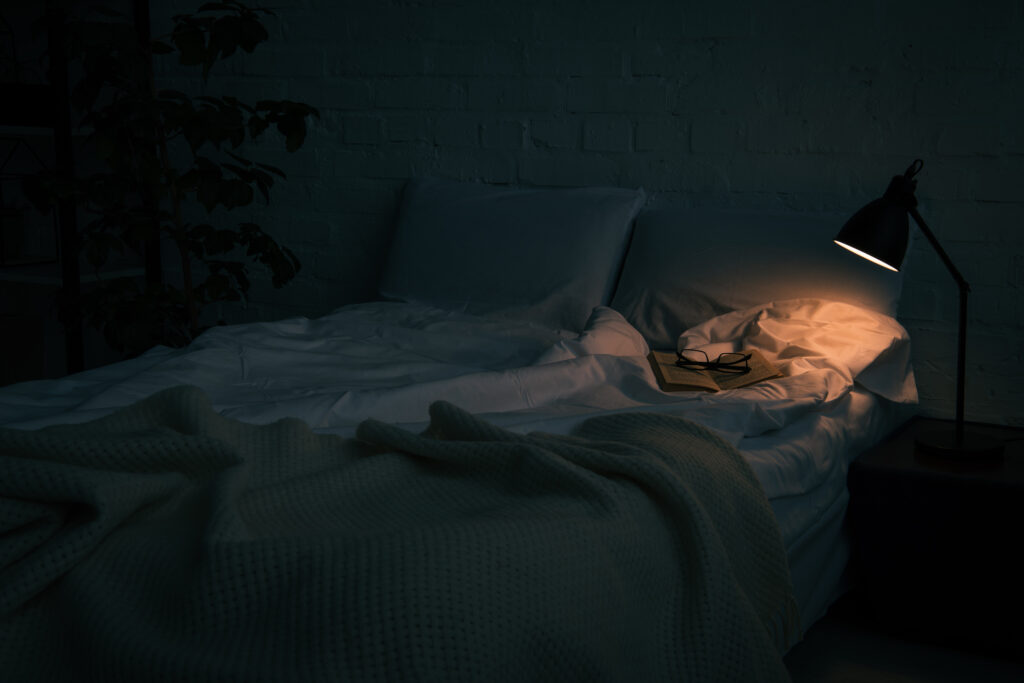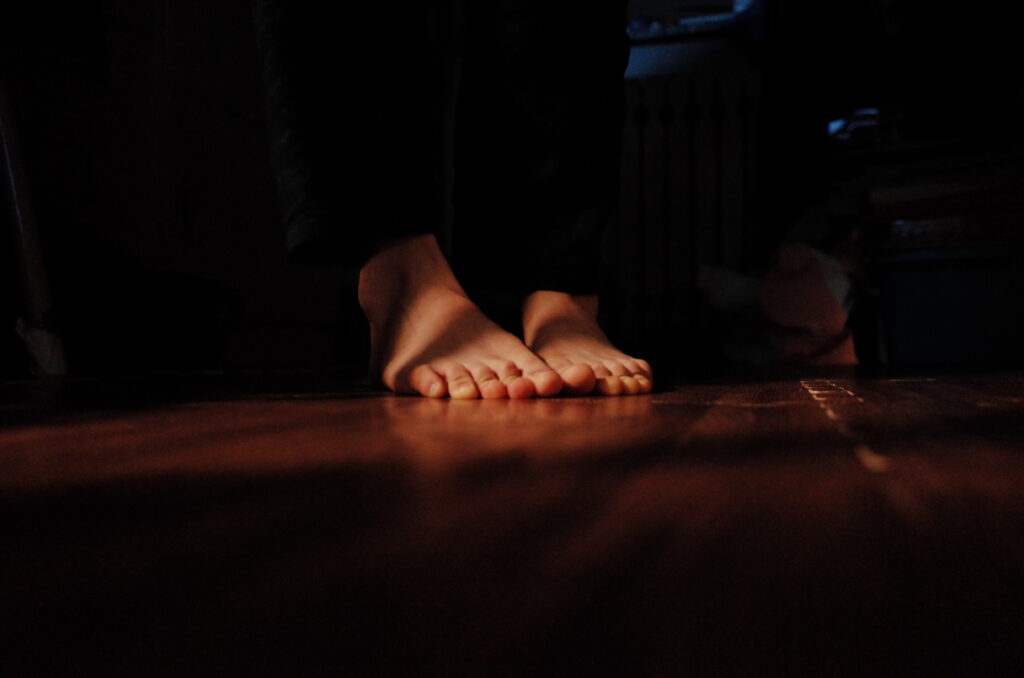Understanding RLS
Restless Legs Syndrome (RLS) is a neurological condition that causes irresistible urges to move the legs, especially during periods of rest or at night. Explore its symptoms, triggers, and how it intersects with other sleep disorders like sleepwalking.
Restless Legs Syndrome (also known as Willis-Ekbom Disease) is characterized by unpleasant sensations in the legs and an overwhelming need to move them. These symptoms often occur in the evening or at night, making it difficult to fall or stay asleep. Although not dangerous, RLS can greatly impact sleep quality and overall well-being. Understanding RLS is the first step to managing its effects—especially for those also affected by parasomnias like sleepwalking.


While RLS and sleepwalking are different in origin, they can both lead to nighttime disturbances that affect the quality of sleep. In some individuals, the discomfort of RLS may contribute to fragmented sleep patterns—potentially increasing the likelihood of parasomnias like sleepwalking. Recognizing how these conditions interact can help individuals and families manage their impact more effectively.
Possible Causes
RLS can be caused or worsened by a variety of underlying conditions, lifestyle factors, and even medications. Identifying your personal triggers is essential to managing symptoms and improving your sleep quality.
Hormonal changes during pregnancy—especially in the third trimester—can intensify RLS symptoms.
Antidepressants and antihistamines may worsen or trigger symptoms in sensitive individuals.
Lack of sleep can heighten the intensity and frequency of RLS sensations.
Conditions like Parkinson’s disease are often linked to secondary RLS symptoms.
Both can irritate the nervous system and trigger or worsen RLS episodes.
DID YOU KNOW
Sleepwalking affects both children and adults, often running in families. Linked to mental health and long-term persistence, it’s more common than many realize and deserves better awareness and support.
Sleepwalkers often navigate familiar spaces without being aware.
Most episodes begin during the deepest stage of sleep.
Sleepwalking can last a few seconds—or up to 30 minutes.
It’s okay to wake a sleepwalker—they may just be a bit disoriented.
Children vs Adults
Family Connection
Experienced Doctor
Chronic Cases
EXPERTS’ POINT OF VIEW
Experts from various fields share their insights on sleepwalking, its causes, risks, and effective treatments, helping to raise awareness and improve understanding of this complex condition.
Clinical Psychologist & Sleep Researcher
Consultant Neurologist & Sleep Specialist
Sleep Medicine Specialist, Mass Eye and Ear
Clinical Psychologist & Sleep Specialist
FAQS
Still have questions about Restless Legs Syndrome? Here are answers to some of the most common queries about symptoms, causes, and how RLS relates to other sleep disruptions.
RLS symptoms include tingling, itching, or crawling sensations in the legs and a strong urge to move them, especially at night.
Yes, while it primarily affects the legs, RLS can sometimes impact the arms or other limbs.
No, but RLS can disrupt sleep and contribute to the conditions that may trigger sleepwalking episodes.
Symptoms often worsen at rest and during the evening due to the body’s circadian rhythm and reduced activity levels.
Yes, although less common, children can develop RLS—often mistaken for growing pains or behavioral issues.
In some cases, RLS can be chronic, but symptoms may improve with lifestyle changes or medical treatment.
RLS is typically diagnosed based on clinical symptoms, medical history, and sometimes blood tests for iron levels.
Stay Informed & Empowered